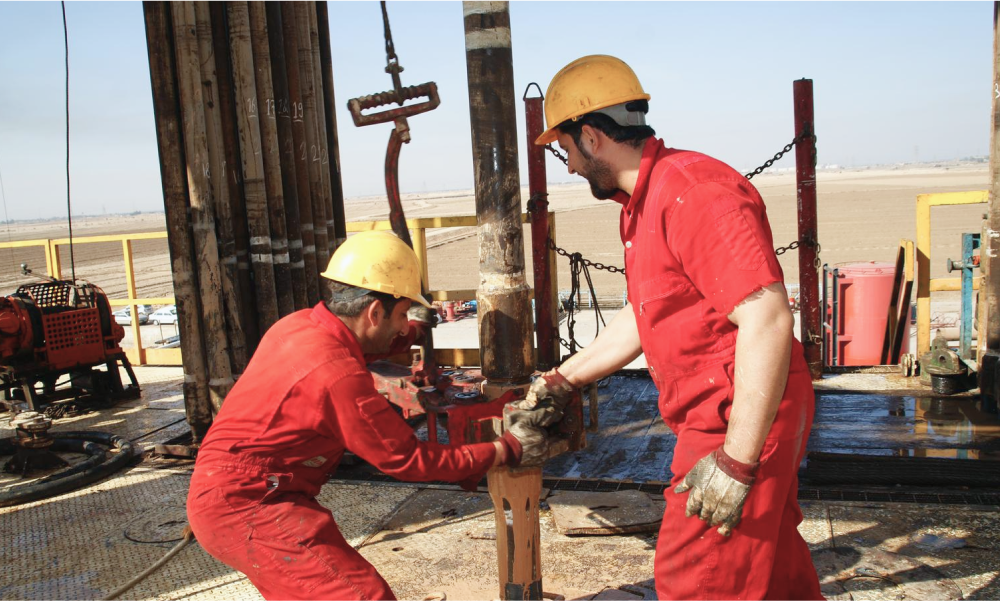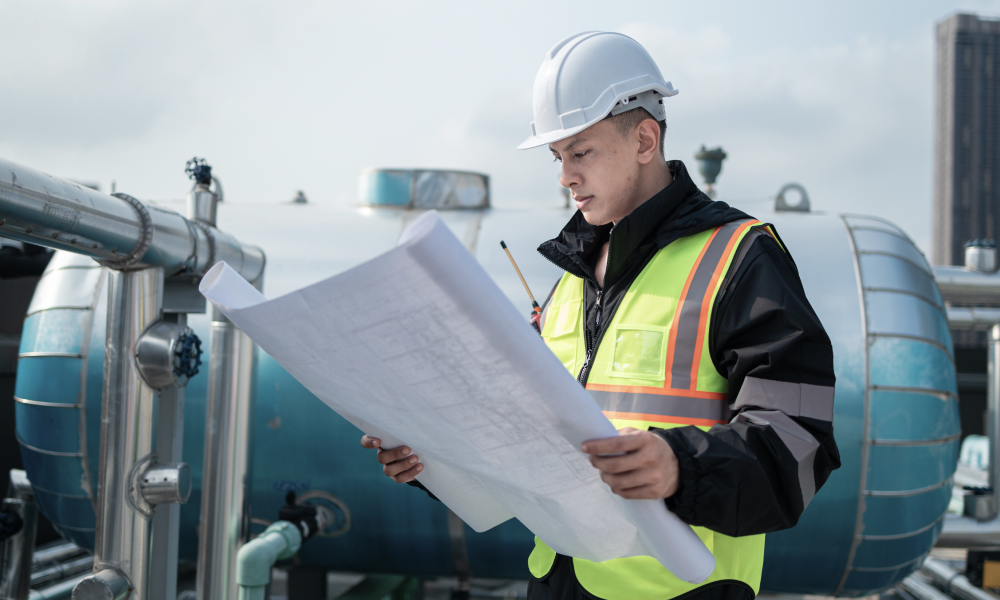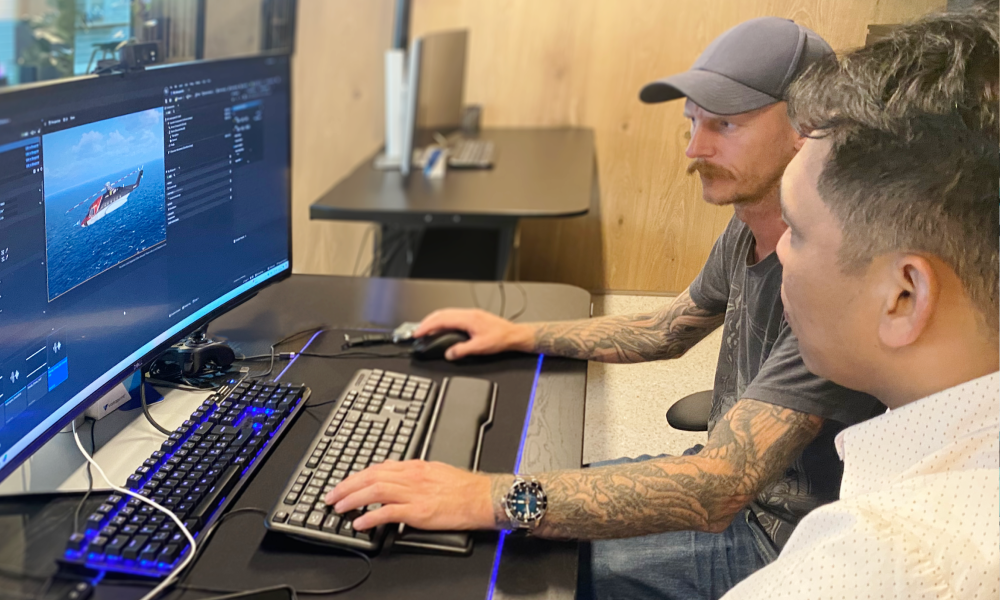The role of data management in building a digital twin
Digital twin technology helps companies predict issues, increase efficiency, proactively manage risk, and test new processes without wasting resources. However, this is only possible with useful and relevant data. In this blog, we’ll explore the importance of data management in building a digital twin – and maintain it!
What are digital twins?
Digital twins are virtual models that represent a physical artefact such as a system or asset. They allow data scientists, engineers, experts, and other stakeholders to work together to make smarter decisions and proactively manage risks through statistical modelling and prediction. Many digital twins provide a 3D visualisation of their physical counterpart.
There are several benefits to implementing digital twins. Companies across different industries have been using digital twin technology to streamline their operations, from increasing aircraft safety to decarbonisation.
Digital twins are as good as their data
Data is the foundation for all digital twins. As a baseline, data should be accurate and relevant. However, for the digital twin to work well, the data must also be compatible with the different machine learning algorithms and programmes required to run the digital twin. The key to this is a strong data management model.
Effective data management ensures you collect, store, and process the data you need to build and maintain a digital twin. You need to establish good data governance for every stage of the build, from data collection all the way through to data visualisation.

Here are some ways data management can impact a digital twin, as well as some of our data management best practices.
Collecting the right data
The first thing you need to decide is what data you want to collect and why. Set specific goals and outcomes. List the elements you want to optimise in the physical asset, system, or process. Determine your budget and resource limitations.
Once you know what you’re trying to achieve, you can identify data collection methods. The right data capture keeps your digital twin as close to operational reality. You can collect data directly from the physical environment through sensors, IoT devices, LiDAR (Light Detection and Ranging) equipment, and more.
Some governments and research institutions offer open data that is freely accessible to the public, including geospatial data and data on transportation. There are also various digital ecosystems where data, models, and insights are sold.
Companies also shouldn’t overlook what’s already stored in your archives. If your company hasn’t gone fully digital, you might have a few extra hurdles to clear before you can even access critical data. You might need to invest in digital transformation, but in the long run, it will help your business keep up with demands from partners, consumers and clients.
Real-time data with real-time integration
The main element that sets a digital twin apart from other static models is that digital twins are dynamic reflections of the physical counterpart. Updating a digital twin regularly with real-time data ensures that the digital twin stays as close to the physical asset as possible.
Real time data integration isn’t just useful. It’s necessary. You need to keep up with constantly changing environments and parts that change due to time and normal wear and tear. To make accurate calculations, the digital twin needs to be fed up-to-date data on environmental changes, trends, and how well the physical counterpart is performing.

Interoperability
Relevant and accurate data can’t be used to create a digital twin unless it can be processed, integrated, and visualised. All your data must work together in a unified digital framework, despite coming from different sources.
Data interoperability can be achieved if there’s a high level of consistency and quality across the board. Make sure all datasets use a standardised format. Communicate your data management standards to all your data sources, whether external or within the company.
Setting up the right infrastructure
To build a digital twin, you’ll need adequate storage and processing capacity. You don’t have to store data all in one place. The right data architecture is one that works best with the calculations and programmes required to build the digital twin.
Think about whether you’ll need to host your data fully on the cloud, or if a hybrid architecture works better. Balance demands like AI and cloud computing, versus issues of latency. If something is more sensitive to motion and changes, you might need to invest in edge computing and process the data right next to its source to avoid delays from data transfer.
More importantly, your data infrastructure must be capable of handling high volumes of data flows and processing. You might need to invest in middleware like integration platforms, message brokers, and API management. Create and uphold strict data security measures, including authentication and data encryption.
Building your digital twin with Draga
Poor data quality makes building a digital twin impossible, but good data management practices ensure data can be properly analysed and understood. Here at Draga, we understand that data drives success. We can build the foundations of the data framework you need. Reach out to us today to find out how we can help you transform your data.
You May Also Like
These Related Stories

Can digital twins drive decarbonisation?

Why an EDMS is the smarter choice for heavy industry companies


